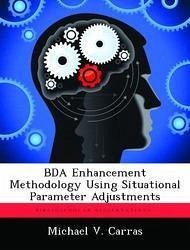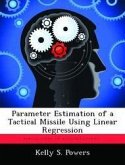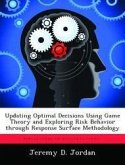In the context of close ground combat, the perception of Battle Damage Assessment (BDA) is closely linked with a soldier's engagement decisions and has significant effects on the battlefield. Perceived BDA is also one of the most complex and uncertain processes facing the soldier in live combat. As a result, the modeling and simulation community has yet to adequately model the perceived BDA process in combat models. This research effort examines the BDA process from a perception standpoint and proposes a methodology to collect the pertinent data and model this perception in the Army's current force-on-force model, CASTFOREM. A subject matter expert survey design and a method to model the BDA process as a Discrete Time Markov Chain are proposed. Bayesian inference is used to update probability distributions at each time step considering the situational parameters available to the soldier at the time of an assessment. Comparisons between the known simulation distributions and those developed from simulated survey responses suggest an adequate number of subject matter experts to be polled.
Bitte wählen Sie Ihr Anliegen aus.
Rechnungen
Retourenschein anfordern
Bestellstatus
Storno








